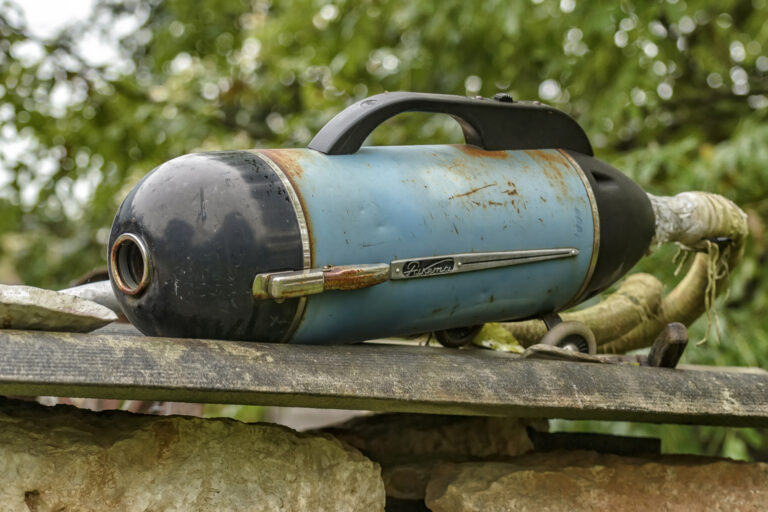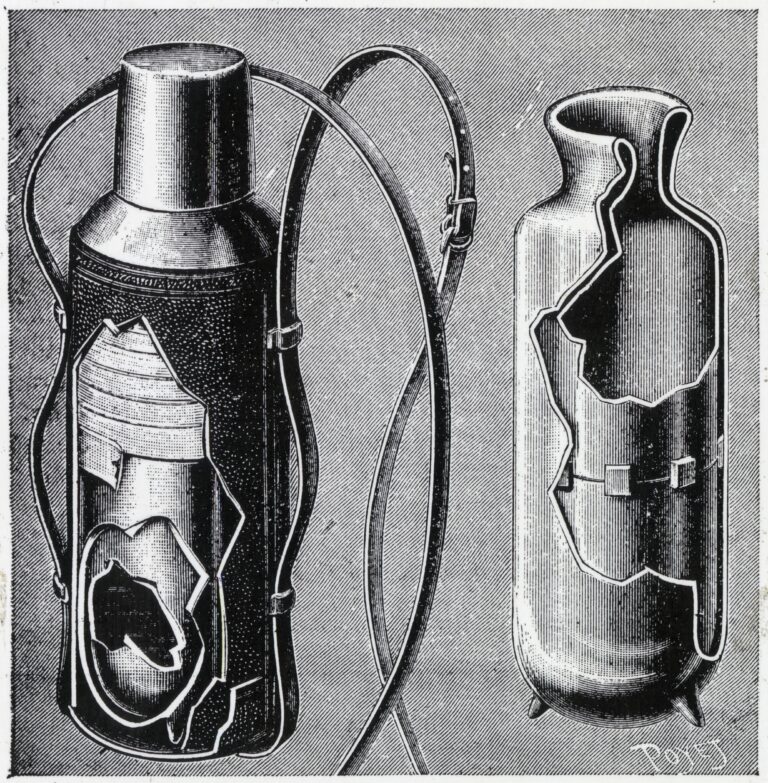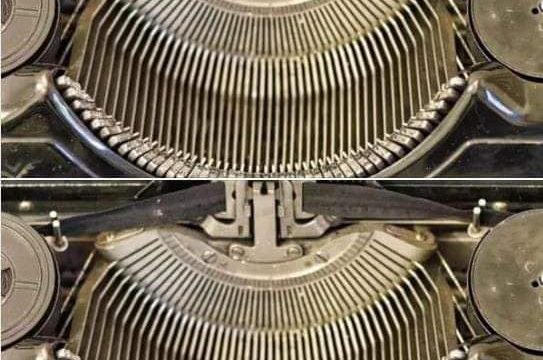The Fascinating Evolution of the Vacuum Cleaner: From Manual Machines to Modern Marvels
I recently came across an image of a peculiar-looking object online. It was metallic, bulky, and somewhat enigmatic. After giving it considerable thought, I was still at a loss about what it could possibly be. Have you ever had such a moment? If you guessed it was a vintage vacuum cleaner, congratulations—you’d be absolutely correct! While today’s sleek, powerful vacuum cleaners bear little resemblance to their historical counterparts, their evolution tells a fascinating story of innovation, ingenuity, and the relentless pursuit of cleanliness.

A Humble Beginning in the 19th Century
The vacuum cleaner, as we know it today, owes its origins to the 19th century—a period marked by significant advancements in technology and a growing awareness of hygiene. During this time, people began to recognize the importance of maintaining clean homes, spurred by industrialization and urban living conditions. The Industrial Revolution not only revolutionized industries but also reshaped everyday life, including how households approached cleanliness.
Before the invention of modern vacuum cleaners, maintaining a tidy home was labor-intensive. Cleaning often required manual tools like brooms, brushes, and dustpans. These methods, while effective to some extent, were time-consuming and didn’t address finer particles of dust and debris. Enter the era of innovation in cleaning devices, which sought to simplify and improve household chores.
The Role of Metal in Early Vacuum Cleaner Designs
In the late 1800s, inventors experimented with metal to construct more durable and effective cleaning devices. These early metal vacuum cleaners were primitive by today’s standards, resembling bulky canisters with a rudimentary suction mechanism. They were entirely manual, relying on human effort to operate. Users had to pump a handle continuously to create suction, which would draw dirt and debris into the cleaner. This process, though groundbreaking for its time, was anything but convenient—it required significant physical exertion and yielded only moderate results.
One notable example of these early devices is the “Whirlwind”, patented by Ives W. McGaffey in 1869. Unlike a simple broom, the Whirlwind utilized a hand-cranked mechanism to power its suction. Bellows inside the device helped create the necessary airflow to lift dirt from floors and carpets. While it was a remarkable innovation, the Whirlwind was far from perfect. Its manual operation and clunky design made it challenging to use, limiting its practicality for widespread adoption.
The Transition to Electrification
As the 19th century gave way to the 20th, the world witnessed a wave of electrification that transformed daily life. This shift brought about significant advancements in vacuum cleaner technology. The introduction of electric motors in the early 1900s revolutionized the concept of cleaning, making it more accessible and less labor-intensive for households.

In 1901, Hubert Cecil Booth, a British engineer, developed the first electrically powered vacuum cleaner. Unlike its predecessors, Booth’s invention was capable of generating consistent suction without manual labor. Although his design was large and required a horse-drawn carriage to transport it, it marked a turning point in cleaning technology. The vacuum cleaner had evolved from a labor-intensive device into a functional appliance that households could eventually adopt.
From Innovation to Commercial Success
The early 20th century saw a surge in the development of vacuum cleaners as inventors refined their designs to cater to domestic needs. In 1908, James Murray Spangler, an American inventor, created the first portable electric vacuum cleaner. Spangler’s model included a rotating brush and a cloth filter bag, features that significantly improved its efficiency and usability. He later sold his patent to William Hoover, whose company became synonymous with vacuum cleaners, solidifying its place as an essential household appliance.
Reflecting on the Legacy of Early Designs
The journey of the vacuum cleaner from the cumbersome, manually operated Whirlwind to the sleek, automated models of today highlights the enduring spirit of innovation. Early metal vacuum cleaners, though rudimentary, laid the foundation for modern designs. They represent the ingenuity of their time and a commitment to making daily life more manageable.

Today, vacuum cleaners are equipped with advanced features such as HEPA filters, robotic automation, and powerful suction technologies. Yet, their roots can be traced back to the bold experiments of the 19th century, when inventors dared to reimagine how homes could be kept clean.
A Modern Marvel Born from Humble Beginnings
The evolution of vacuum cleaners is a testament to human creativity and adaptability. From the labor-intensive metal devices of the 1800s to today’s automated, smart cleaning systems, each innovation has contributed to the development of this indispensable tool. The next time you use your vacuum cleaner, take a moment to appreciate its rich history and the remarkable journey it has undergone.
Isn’t it fascinating to think how an everyday appliance like the vacuum cleaner carries such a legacy of ingenuity and progress? Whether it’s a vintage model or the latest robotic cleaner, vacuum cleaners remain a symbol of how far we’ve come in making life more efficient and comfortable.





